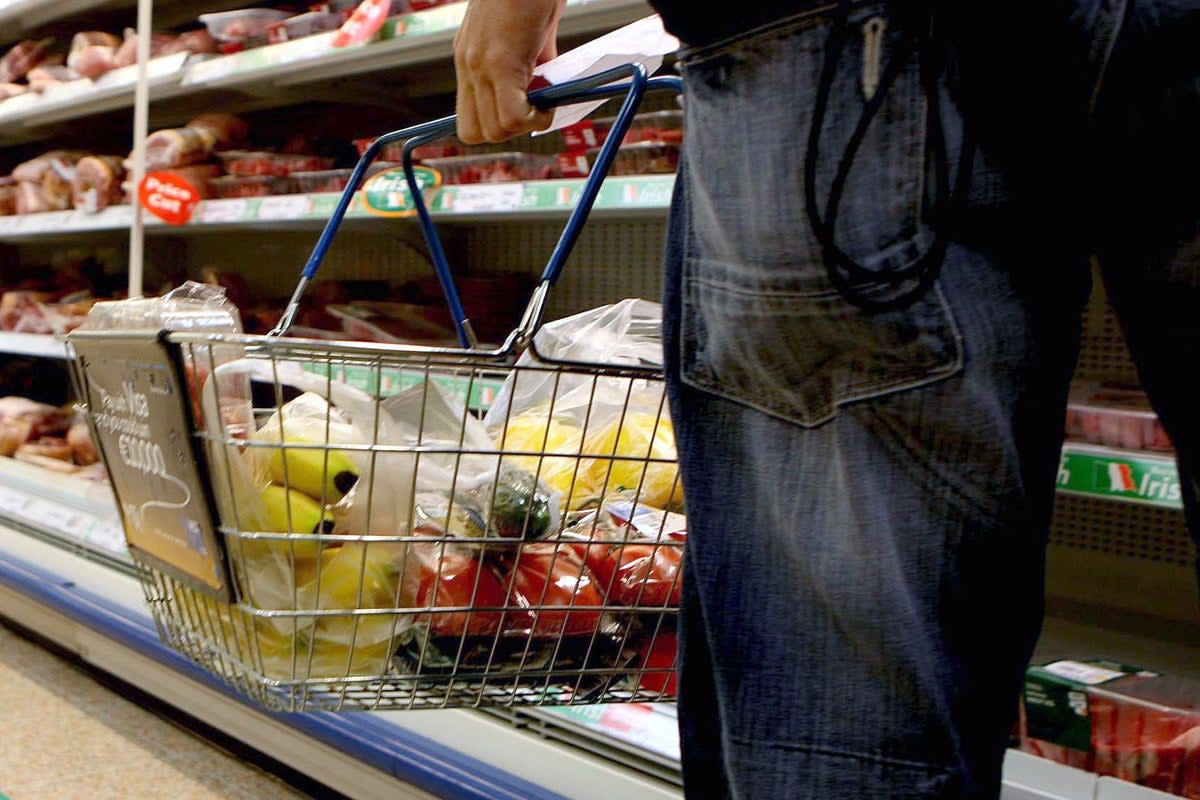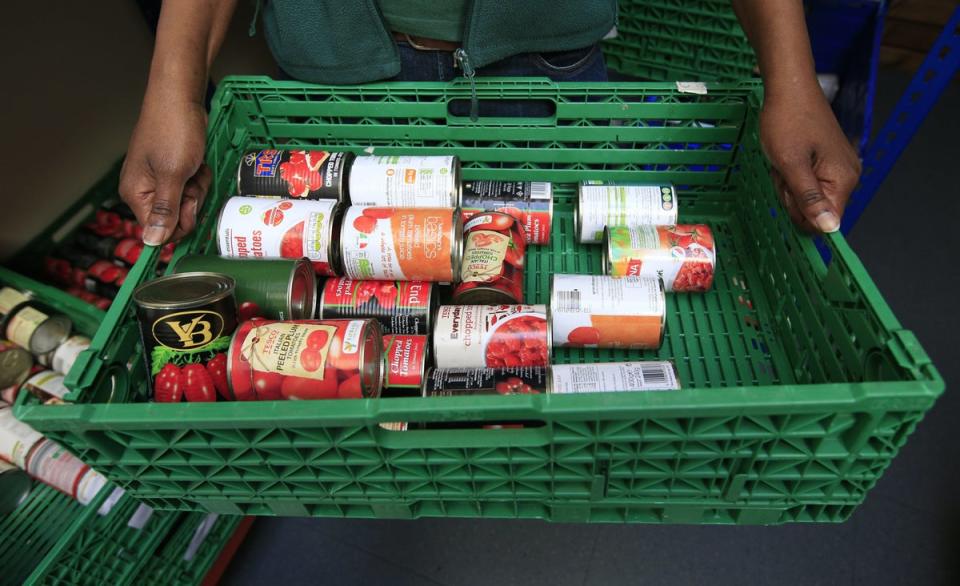What is shrinkflation and how does it affect your weekly supermarket shop?

More than 600,000 are likely to need food bank support this winter, the Trussell Trust has warned due to pressures on consumers.
The cost of living crisis has also seen Tesco chief executive Ken Murphy say that the chain is looking to “lower prices wherever we can” with the price of food having shot up.
The Trussell Trust has predicted it will provide more than one million emergency food parcels this winter, which will break a record.
Emma Revie, chief executive of the Trussell Trust, told the Independent: “We don’t want to spend every winter saying things at food banks are getting worse, but they are.”
The news comes as four-fifths of shoppers have admitted to being worried about supermarket “shrinkflation” and are turning away from their favourite brands as a result, according to a survey.
Some 81 per cent of consumers said they were concerned about buying smaller-sized items at original prices, with 29 per cent buying their favourite product less often as a treat, and 18 per cent switching to brands that had not changed their sizes, Barclays found.
In June, 70 per cent of Britons had noticed examples of shrinkflation, up from 65 per cent in May – particularly when buying chocolate (46 per cent), crisps (42 per cent), packets of biscuits (37 per cent) and snack bars (32 per cent).
Shoppers also reported seeing shortages of certain products at the supermarket, with 37 per cent noticing that some basic items including eggs, fresh produce and tinned staples were regularly unavailable.
A fifth (20 per cent) believed there were fewer new products being introduced on to the shelves.
But what do these terms mean? Here’s everything you need to know.
What is shrinkflation?
Shrinkflation is the term for items becoming smaller in size but either staying the same price or becoming more expensive. It is the term used for customers getting less than they are used to in terms of value for money.
Shrinkflation can occur through manufacturers reducing either the quantity in a pack, lowering the weight, or just reducing the size of an item to save themselves money, without lowering the price of the item. It can also mean replacing ingredients or lowering their quality, which is something people with allergies should be aware of.
Shrinkflation typically is done by companies to allow them to boost their profit margins and sales volumes while reducing costs.
Although changes tend to be minimal, it is often used as an alternative to raising prices in line with inflation.

Is shrinkflation legal?
The answer is yes but businesses must work within strict parameters of how to carry out the shrinkflation.
Companies must clearly display what is being bought, and items and quantities must be labelled clearly. It is illegal for companies to lie about changes, and this is known as false advertising.
As long as businesses are being honest with their marketing of a product, they can change sizes and costs, and it is typically up to the consumer to know what they were buying before, and make a decision on whether they wish to continue to buy an item that may have been subjected to shrinkflation. However, these changes are often merely listed in the weight or buried among a long list of ingredients.
Consumers can rely on the Section 5 Act against Unfair Competition and the Section 43(2) Measurement and Calibration Act to protect them. The law states that “deceptive packaging might mean communicating misleading information to consumers”, and that is illegal.
Brands should not suggest that the packaging contains more than it actually does. But as long as the quantity is clearly labelled, the practice is legal.
When was shrinkflation added to the dictionary?
The word was dubbed an official term and added to the dictionary in September 2022, according to the Merriam-Webster dictionary.
They report that the term was first used by British economist Pippa Malmgren in a Twitter conversation seen here.
Brit-born Ms Malmgren is an expert in geopolitics and economics, and has been an adviser to presidents including George W Bush and Barack Obama.
She christened it “shrinkflation” and used the term in her book Signals: How Everyday Signs Can Help Us Navigate the World’s Turbulent Economy, writing: “We speak of shrinkflation when a product reduces its size, its quantity, or the number of units sold in the same package without a reduction in price. It is giving less for the same thing.”

 Yahoo News
Yahoo News 
